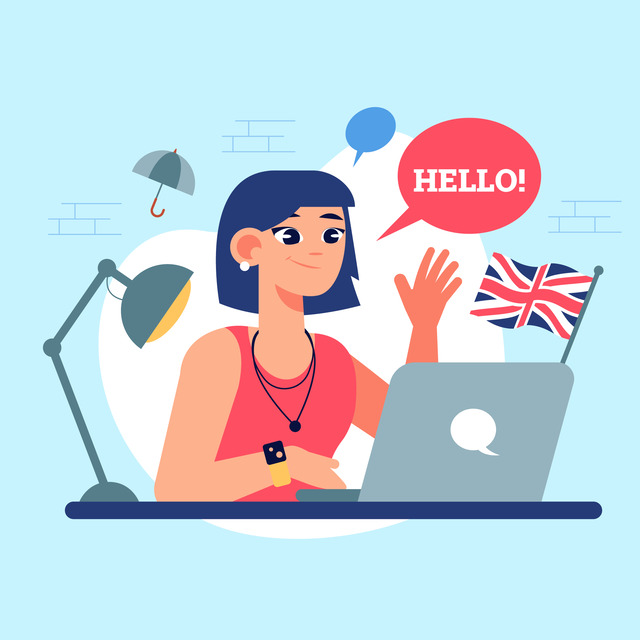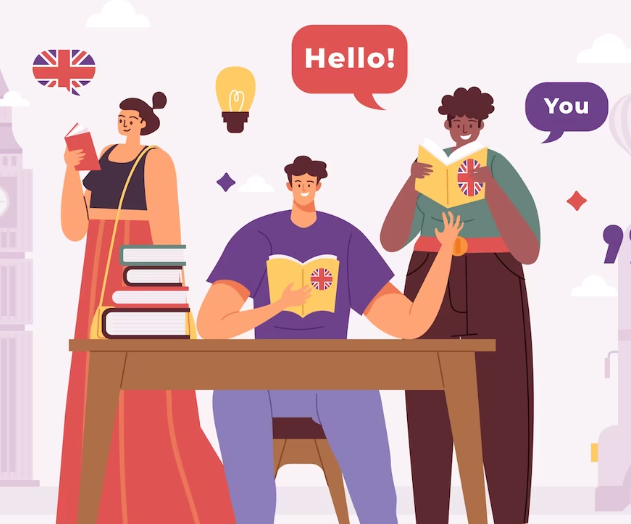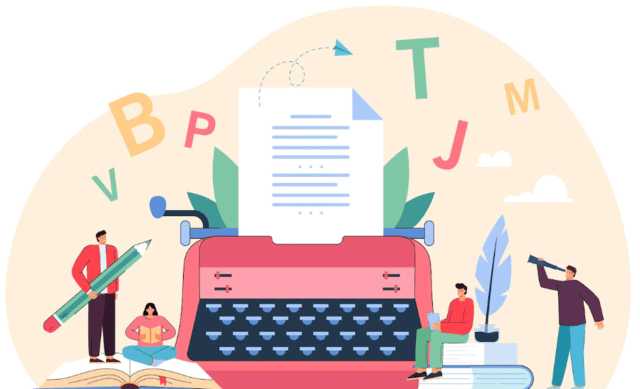Today you are going to learn how to introduce yourself in English.
To introduce yourself in English, you have to know greetings, introductions, and leave-takings.
When you introduce yourself, you also provide information about who you are and additional information that you consider relevant.
Do you find introducing yourself in English difficult? Hopefully, this guide helps you
Table of Contents
How to Introduce Yourself in Four Steps
Introductions can occur between more than two people, for example at a party or at a business meeting
These are some steps to help you introduce yourself in English:
| Greet the person | Hi |
| Say your name | My name is James |
| Give more information | I am your new teacher |
| Ask questions | What’s your name? |
Introduce Yourself in English Vocabulary and Expressions
These are some of the most common greetings in English. The list includes formal and informal greetings.
| Good Morning | Morning Guys |
| Morning | Good Afternoon |
| Good Night | Good Evening |
| Hi | Hello |
| How are you? | How are you doing? |
| Howdy? | How is it going? |
| Hey, Linda | Hey, What’s up |
| Hey, Buddy | Hey, Guys |
| Hey, What’s going on? | What’s the new? |
Those are useful expressions to respond to Greetings
| Fine | Good |
| Nothing | Not bad |
| Good to see you | Pretty good |
| It is good to see you | Not Good |
| Great | Not much |
Those are Useful expressions for introductions
| What’s your name? | My name is |
| My nickname is | People call me |
| This is | I am |
| I am happy to meet you | Nice to see you again |
| Excuse me | Thanks/Thank you |
| Please | Nice/good to meet you |
| Nice meeting you too | I am from |
| I live in | My Number is |
| I work in | I study in |
| My Email Address is |
Those are examples of leave-takings
| Bye | Good-Bye |
| See you | See You later |
| See you tomorrow | See you in a few |
| See you around | Later |
| Take care |
Introducing Yourself: Questions and Answers
These are some questions and answers about introductions in English
| A | Hello |
| B | Hi |
| A | How are you? |
| B | I am fine |
| A | How are you doing? |
| B | I am doing great |
| A | My name is Alex |
| B | I am Alicia, Nice to meet you |
| A | Hey what’s going on? |
| B | Not much |
Introducing Yourself in Class
This is an example about how to introduce yourself in class
Hello, I am José Manuel and I am from Costa Rica, I live in a small city called Nicoya. I am an English professor. I work in a public university. I am also a blogger. I am married and I have two children.
Hi, My name is Linda, I am from United States, I am 32 years old and I live in New York. I have three children. I am a fashion designer.
Hello. I am Derek and I’m from Portugal. I can speak English, Portugueses and Spanish. I am 23 years old and I am software Engineer.
Introducing Yourself Dialogue
This is a dialogue that show how to introduce yourself in English
| Linda | Hello, My name is Linda |
| Mike | Nice to meet you, I am Mike |
| Linda | Where are you from? |
| Mike | I am from Norway |
| Linda | Wow, beautiful country, I am from Brazil |
| Mike | Are you new here? |
| Linda | Yes, I am taking my very first French class |
| Mike | I am also taking that class, I think we are classmates |
| Linda | That’s awesome, I need friends |
| Mike | Me too. |
Introduce Yourself in English Lesson Plan
This is a short lesson about how to introduce yourself in English using the Task Based Approach.
Schema Activation
The Schema activation aims to activate the background knowledge of the students
The Hot Balloon: The teacher plays some good beats as the student pass a balloon to their classmates, when the music stops, the student pinches the balloon and answers the question inside.
Pre-Task Stage
The pre-task stage has three or more activities to help the learner be ready for the main task.
Activity #1
- The teacher tells students to make groups of 4.
- They are given a worksheet, the worksheet has a list of :
- Greetings
- Response to Greetings
- Introductions
- Leave-takings
- They have to read the expressions and classify them by writing the right category next to them.
Activity #2
- Students are sent questions and answers in a picture and they practice with a partner.
- Students are sent a google form and they have to ask a series of questions to their classmates such as
- What’s your full name?
- Where do you live?
- How old are you?
- What do you do?
- What’s your phone number?
- What’s your email address?
- What’s your major?
- What’s your favorite type of music?
- What’s your favorite type of movie?
- What’s your favorite hobby?
Activity #3
- Students make pairs
- Students are given a scrambled conversation.
- They have to read it and put in order
- Students practice the conversation using their own information
Main Task Stage
This is the most important part of the lesson in which learners have to produce.
Students choose a celebrity and they have to learn key details about that person such as:
| Name | Last Name |
| Marital Status | Children |
| Job | Occupation |
| Nationality | Residence |
Remember to provide enough time for students to prepare for the task, once learners think they are ready, tell them to double-check the vocabulary, grammar, and pronunciation and finally practice with their partner.
Once people are ready, you tell your students to stand up and share the information with three or four classmates.
Post-Task Stage
Students answer a short quiz to reinforce what they learned. The quiz could be related to grammar, vocabulary, or pronunciation


